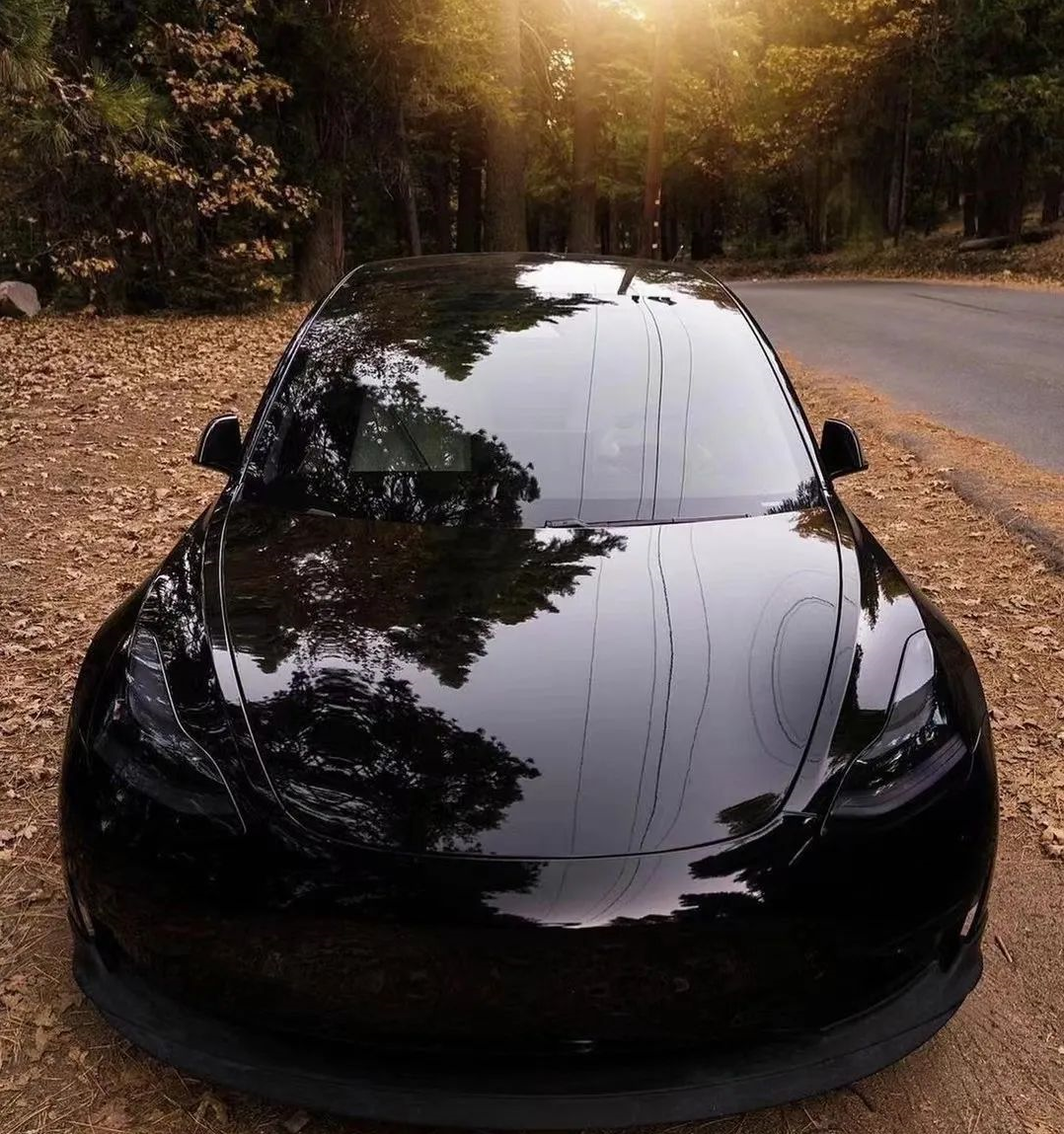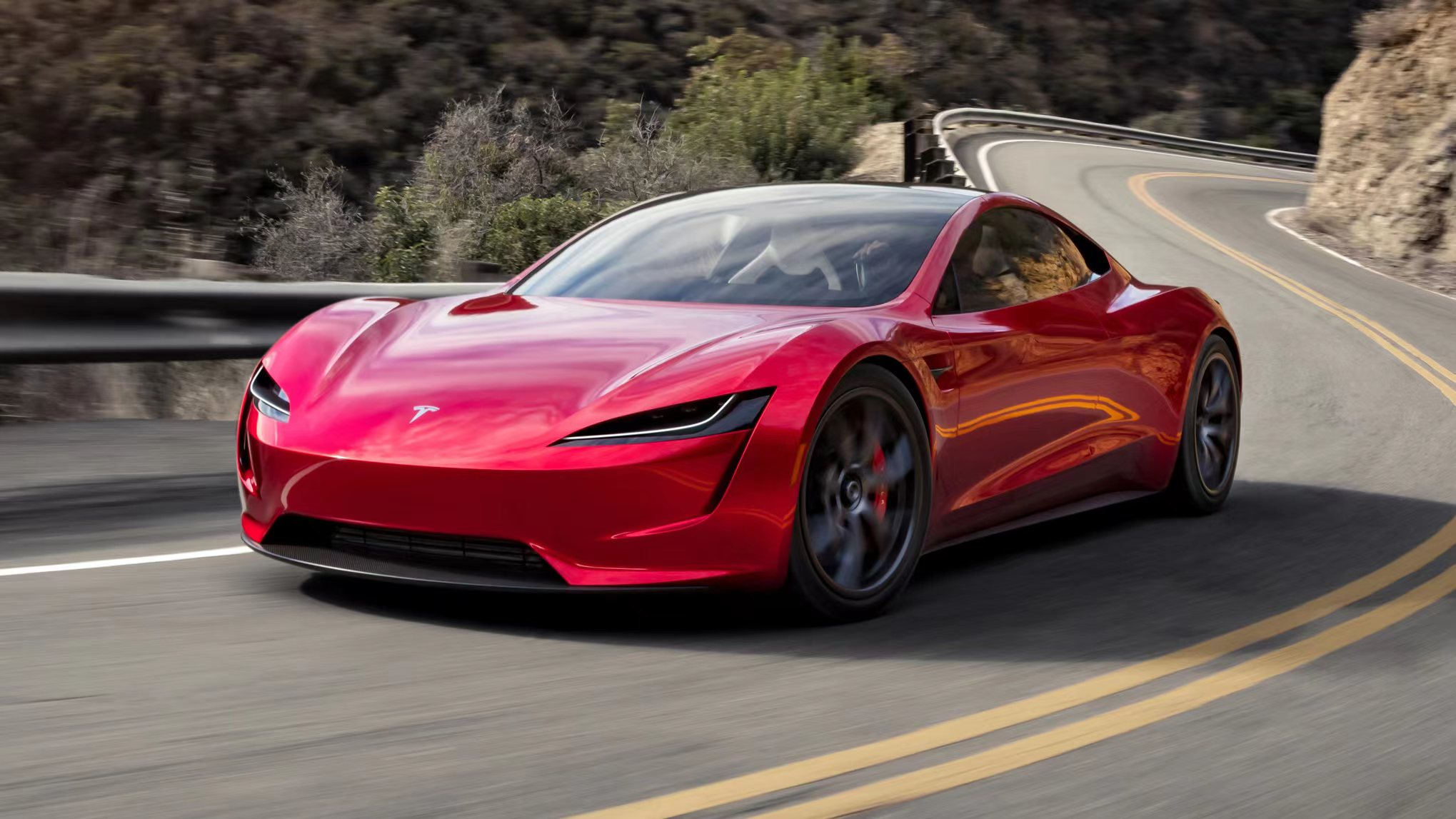Translation:
Author: Winslow
Main Text:
Word Count: 2,033
Estimated Reading Time: 7 minutes

Before delving into the study of Tesla FSD’s intelligent evolution path, let’s first clarify what “smart cars” are.
Where exactly does the intelligence of smart cars lie? From the perspective of consumer perceptibility, it should lie in two aspects: (1) Cabin Intelligence; and (2) Driver Intelligence.
This article will first study the latter, “Driver Intelligence”, and its main content is: (1) to reduce the burden on drivers; and (2) to increase the safety of driving.
Let’s start by studying the issue of safety.
Among traditional automobile brands, Volvo has long been known for the safety of its vehicles. Here, safety refers to the safety of passengers inside the vehicle after a collision, and Volvo has done a very good job in protecting drivers and passengers. (But it needs to be updated a bit: Tesla has been ranked first on the NHTSA safety list from 2012 to today.)
However, first, the development of the automobile industry has been very mature, and second, there are various strict safety regulations in various countries, so serious first- and second-tier host plants in the design of vehicle collision safety, compared to the best designs, will not be significantly worse. The more advanced the safety ranking of each brand’s models, the smaller the difference in safety, and the lower the incremental benefits of safety design.
In this way, the industry has basically reached the safety design ceiling in the direction of “Passive Safety”. The discussion in the previous paragraph belongs to the category of passive safety, which is how to ensure the safety of the people in the car after a collision.
However, the safety design in another direction, “Active Safety,” has just begun. Unlike passive safety, active safety is concerned with how to “avoid collisions” as much as possible.
Because of its proactive nature, it is difficult to quantify the value of active safety. Therefore, consumers have long had difficulty perceiving its value directly.
Here, I’d like to tell a story of the “Three Brothers of Bian Que.”
Bian Que was the youngest of three brothers in his family, with an older brother and a second brother.
One day, someone asked Bian Que, “Among the three brothers in your family, who has the highest medical skill?”
Bian Que replied, “My older brother has the highest medical skill, my second brother is next, and I’m the worst.”
The passerby was surprised and asked, “Then why have I never heard of your older brother and second brother, while your reputation is well known?”
Bian Que replied, “My older brother has the best medical skill. He can diagnose a patient before they even fall ill, making it look like he has never treated a disease before; my second brother has slightly worse medical skill, but he can diagnose a disease at its early stage, making it look like he only treats minor illnesses; my medical skill is the worst, I can only know how to treat the disease when it is already in a critical stage, making it look like I can cure serious illnesses.”The active safety system of vehicles is actually a reflection of “prevention is better than cure”. Human drivers may experience fatigue, distraction, delayed reactions, or overreactions, so if the active safety system detects some clues and intervenes in a timely manner, collisions can be avoided.
Thus, the value of active safety should be greater than passive safety. But how can consumers perceive the value of active safety? Tesla may have found a viable solution: car insurance.
As active safety is about avoiding collisions, it reduces the probability of accidents, which is positively correlated with insurance premiums. High accident rates represent high insurance premiums, while low accident rates represent low insurance premiums. Therefore, what Tesla does with car insurance is actually to give consumers an external perception of the value of active safety.
This “active safety plus insurance” model allows Tesla to build a consumer-perceived product flywheel. Customers buy products with “active safety” technology, which reduces the probability of accidents and the perceived insurance premiums, thereby attracting more consumers to buy products with “active safety” technology, further reducing the probability of accidents and the perceived insurance premiums.
This leads to a question: is there a limit to the reduction of insurance premiums? This can be rephrased as: is there a limit or ceiling to active safety?
As mentioned earlier, the core of active safety is finding clues, intervening in advance, and avoiding collisions. The so-called “intervention” actually refers to correcting the wrong behavior of “human drivers”. Therefore, the extent to which “human drivers” can be reduced in their wrong behavior is the limit or ceiling of active safety.
If we turn the reduction of “human driver” wrong behavior into the complete elimination of human drivers, turning correction into automatically writing standard answers, the endpoint of this route seems to be fully self-driving (FSD); this is the limit or ceiling of active safety.
The next question is: when can fully self-driving (FSD) replace human drivers?
The answer seems obvious: when FSD’s accident rate is lower than that of human drivers.
At this stage, it means that, in terms of probability, human driving is less safe. When in this theoretical critical point, all inputs of human drivers to the vehicles are wrong (because all human inputs in probability increase the probability of accidents).
However, it is difficult to create value perception by just being slightly better than human drivers in terms of accident rate. “Zero to One” says that disruptive technology must be 10 times better in value at the same cost, or 10 times cheaper at the same value. Only with such a technological gap can it disrupt the traditional, and in this case, fully self-driving (FSD) disrupts human driving.
Therefore, the real critical point to eliminate human drivers is when FSD is 10 times safer than human driving. Perhaps only by crossing this threshold can humans overcome psychological barriers and hand over control to fully self-driving (FSD).After achieving fully self-driving (FSD) capability, the benefits are not only safety and related insurance costs, but also the energy released by humans not having to drive. At this point, we can discuss another important branch of intelligent vehicles – cabin intelligence.
In short, moving towards the limit and ceiling of active safety, the endpoint is fully self-driving (FSD). Along the way, we will gain a product flywheel of active safety and insurance premium. After achieving fully self-driving capability, we will gain higher utilization of cabin intelligence, and develop the third space during driving. Finally, we can launch a product that will change the transportation industry – RoboTaxi – to significantly increase vehicle utilization rate without restrictions and obtain huge operational cost advantages.
On the road to achieving fully self-driving (FSD), there is actually no need to hurry, as there will be beautiful scenery worth looking forward to all along the way. We really can have it all.
This article is a translation by ChatGPT of a Chinese report from 42HOW. If you have any questions about it, please email bd@42how.com.
